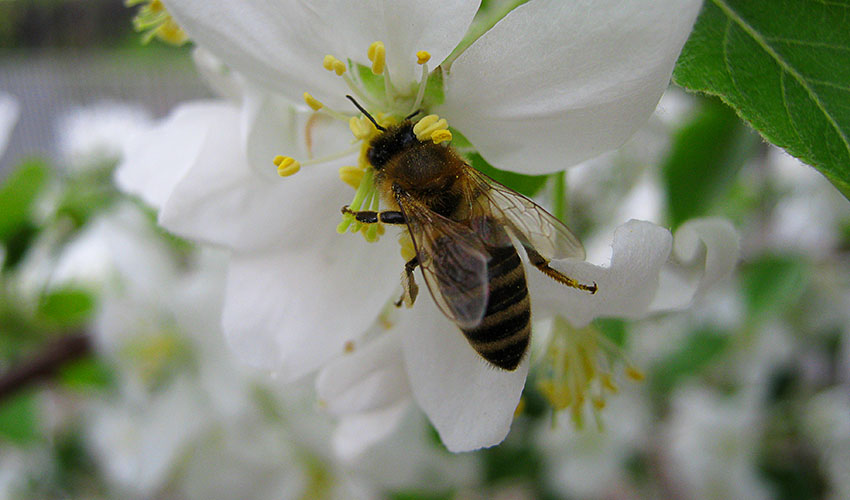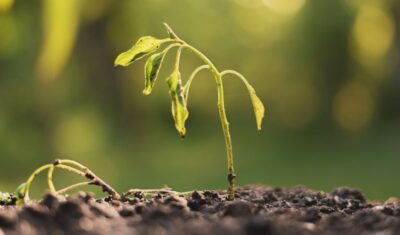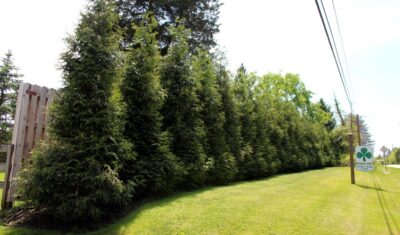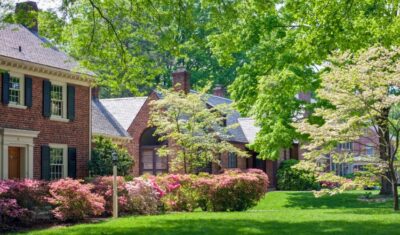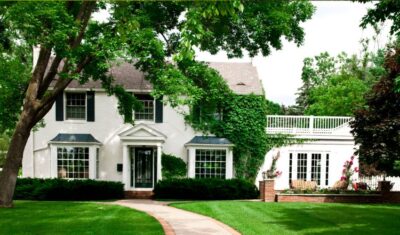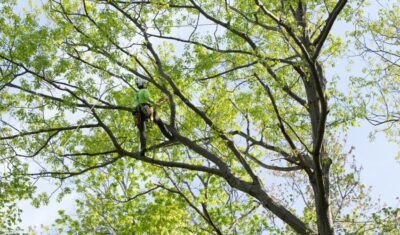Honeybees are an important part of the ecology in Northeast Ohio.
Facts About Honey Bees
- Honey bees are the top pollinators. Honey bees provide nearly 80 percent of pollination in the United States. Bees collect pollen, which is produced by flowering plants, and use it as food. In the process, they pollinate many of the foods we eat, including fruits, grains, nuts, and vegetables. Without honey bees collecting so much pollen, our country would experience a very large decrease in fruit and vegetable production.
- Honey bees are worth billions of dollars. Cornell University estimated that the direct value of honeybee pollination in the U.S. was $14.6 billion. Pretty astounding right!?
- Honey bees are in decline. Over the last decade, the number of honey bees in the United States has dwindled due to a problem called Colony Collapse Disorder. Colony Collapse Disorder (CCD) is a syndrome in which all of the worker bees—the bees that leave the hive to gather nectar and pollen—disappear, leaving the queen bee alone. Beekeepers often report unusually high losses, sometimes as much as 90% of their hives in a single season.
- Honey bees are affected by multiple problems. CCD is not the only cause of honey bee decline. Honey bees have also been affected by a lack of diversity in plant sources for nectar and pollen, as well as the adverse effects of pesticides.
How to Help the Honey Bees
There are several things you can do in your own backyard to help honey bees survive.
Plant a Diverse Flowering Garden
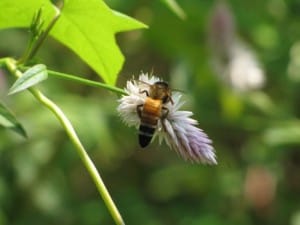
And don’t shy away from “weeds”. If you’ve got dandelions and clover in your yard, that’s great!
Have Flowers in Bloom from Early Spring to Late Fall
Try to have plants that will bloom in every part of the growing season – at least from early spring to late fall. By providing a steady source of pollen, including during the cooler months when not many plants are normally in bloom, you’ll be helping to keep the bees going.
Stick With Simple Flowers
As pretty as they are, plants with double flowers do not produce that much pollen if any at all, and any nectar they provide is often inaccessible to most pollinators. Try to avoid these, if possible.
Avoid Pesticides
Never use a pesticide on a blooming plant! Even if there aren’t any bees on the plants when you spray them, the pesticides carry a residual effect that stays on (or even in) the plant and will be deadly to a honey bee. If you are spraying weeds or treating plants for other insect pests, cut the blooms off first so honey bees won’t be attracted to the treated plants.
Learn more about Integrated Pest Management (IPM) >> Done correctly, IPM can keep your plants looking their best without destroying the diversity of insect and other life that helps create a healthy, thriving ecosystem.
Let it go Wild
If you are a true bee lover and have space on your property, allow a strip of your lawn to grow without being mowed. This will provide a protected area where other pollinators can lay eggs and the flowers on what you may consider weeds will provide pollen and nectar.
In Summary
Every landscape is home to a number of insects and creatures, including honey bees. While you might fear a bee sting, it is important to note that a honey bee away from its hive, looking for pollen, is not likely to sting. Rather than considering honey bees to be a pest, consider them an essential part of your thriving outdoor landscape.
If you have questions about honey bees and how they affect your landscape, consult a member of our team at Independent Tree. Give us a call today!
Recent Articles
Topics
About The Author

STAY IN THE LOOP
WITH OUR
LATEST UPDATES
"*" indicates required fields

